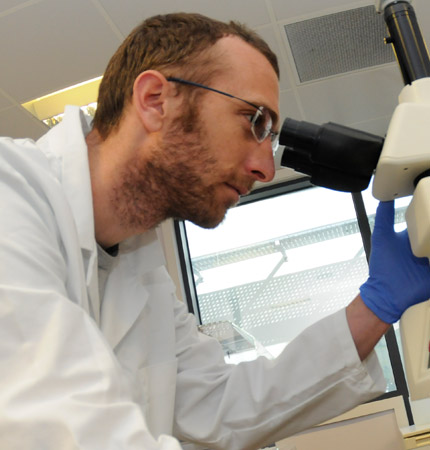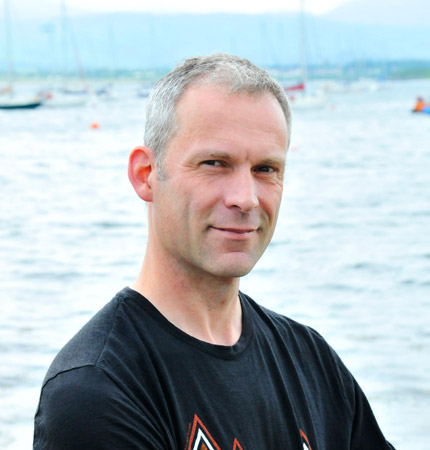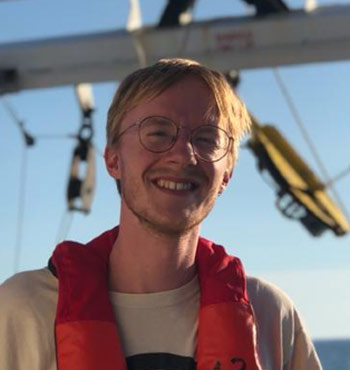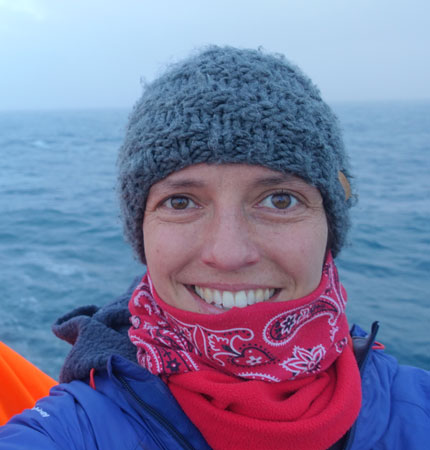Enabling Sustainable Wind Energy Expansion in Seasonally Stratified Seas
The shallow shelf seas—typically less than 100m —make up less than 8% of the global ocean surface, but they are disproportionately important when it comes to biological productivity and fisheries. These areas produce between 15–30% of the ocean’s total primary production, and over 90% of the world’s fish catches come from shelf seas, thanks to this productivity. Shelf seas also play a major role in cycling carbon, oxygen, and nutrients. In particular, temperate shelf seas in the northern hemisphere are especially important for absorbing carbon dioxide from the atmosphere.
A key process in shelf seas is seasonal stratification, which influences everything from fish populations to carbon cycling. In deeper parts of the shelf seas, away from the coast, stratification begins in spring when the sun warms the surface faster than winds and tides can mix it. This sets off the spring phytoplankton bloom, a burst of microscopic plant growth that fuels the marine food web. The timing of this bloom is crucial for many marine species.
From late spring to autumn, surface waters run low on nutrients, but phytoplankton continue to grow in a layer just below the surface called the sub-surface chlorophyll maximum (SCM), located in the thermocline—a zone where water temperature changes rapidly with depth. Turbulent mixing in this layer controls how much light and nutrients reach the phytoplankton, and how much organic material sinks to deeper waters. The SCM can contribute 40–50% of the yearly primary production in these regions and is a vital food source during the stratified months. However, the thermocline also acts as a barrier, limiting of nutrients from below. Overall, stratification and mixing in the thermocline are central to many ecological and chemical processes in shelf seas. Understanding and monitoring these processes is essential for predicting how shelf seas will respond to climate change.
As we work toward net-zero carbon emissions, offshore wind energy is expanding rapidly. While turbines have mostly been built in shallow, well-mixed coastal waters, the next phase involves floating offshore wind (FLOW) turbines in deeper, seasonally stratified areas. These structures will interact with tidal flows and add turbulence to the upper ocean and thermocline. Planned FLOW developments in northwest Europe will cover a large portion of the stratified shelf sea area.
Our eSWEETS project has two main goals:
- To understand how mixing caused by floating wind turbines affects the chemistry and biology of the ocean, and what the combined impact of multiple turbine sites might be.
- To create a new, affordable way to monitor stratification on a large scale, by working with the renewable energy industry, regulators, and ocean modelers.



